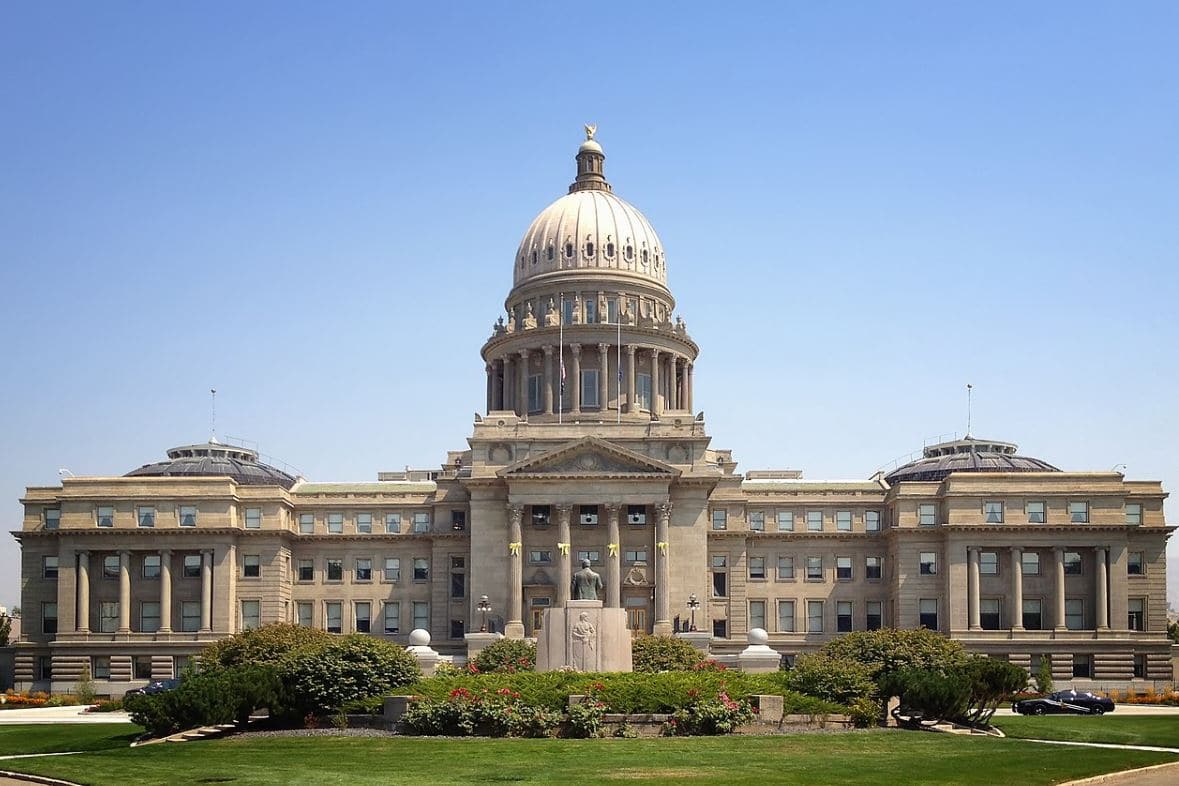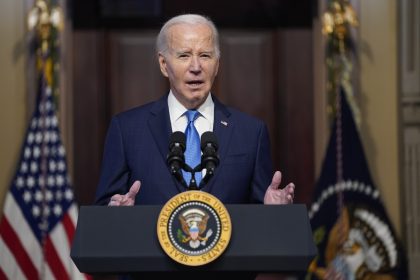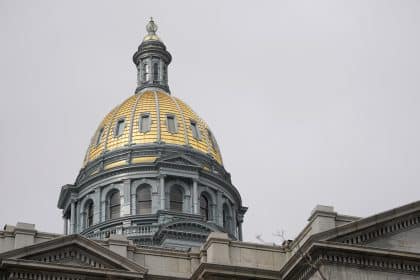Idaho Leads Nation in Financial Stability Under Gov. Little

BOISE, Idaho – Idaho leads the country in financial stability due in part to Republican Gov. Brad Little’s deregulatory measures since taking office, which helped spur an economic rebound for the state as tax revenues beat projected revenues by $37 million last month and as the state’s unemployment rate becomes one of the lowest in the nation.
In an official statement, Little said, “We’re far better off in Idaho than elsewhere, thanks to our handling of the pandemic and fiscal conservatism in state government – our management of the state budget and watchful eye on regulations.”
“We are well positioned to handle the ongoing impacts of COVID-19,” Little’s statement continued.
Last week, Idaho was ranked first among the 50 states in terms of creditworthiness by financial magazine Barron. According to Barron’s report, Idaho has a “strong financial position” with “revenue growth of 8% in [the] fiscal-year 2020.”
According to the latest report from the Idaho Division of Financial Management, the state surpassed projected revenue earnings over the past two months, with the state earning $37 million more than originally anticipated in the month of August.
As of July, Idaho ranked third among U.S. states in unemployment. The U.S Bureau of Labor Statistics reported that the state has a 5% unemployment rate, narrowly being beaten by Nebraska and Utah, who have 4.8% and 4.5% unemployment rates respectively.
Idaho’s economic achievements can be attributed in part to the state’s efforts to pare down bureaucratic regulations.
When Little took office in 2019, he signed two executive orders aimed at streamlining statewide regulations. Within a matter of months, under Little’s direction, Idaho slashed 75% of its regulations, making Idaho the least regulated state in the country.
The Zero-Based Regulation executive order, one of the two executive orders signed, requires state agencies to justify every regulation they want to institute, resulting in a shift in the burden of proof and allowing the state to combat what it called “bureaucratic inertia.”
In addition to requiring regulatory justification from state agencies, Little’s second 2019 executive order, the Transparency in Agency Guidance Documents order, requires agencies to become more transparent in their efforts to provide the public with easily accessible information on guidance documents.
According to the order, guidance documents are an agency’s interpretation of preexisting laws and precedents.
“Both executive orders I signed today further simplify regulations for the average citizen and small business,” Little said at the time of signing the orders in 2019.
The state is now reporting record low budget requests from its agencies, creating a minimal 1.68% growth rate of its state government.
“Other states and the federal government are paying attention to what’s happening in Idaho,” Idaho Senate President Pro Tempore Brent Hill said of Little’s leadership.
“Idaho is leading the rest of the country yet again. We are showing other states and the federal government that meaningful regulatory reform can happen when elected leaders in the executive and legislative branches can work together in an open, transparent process and drive change,” continued Hill.
























